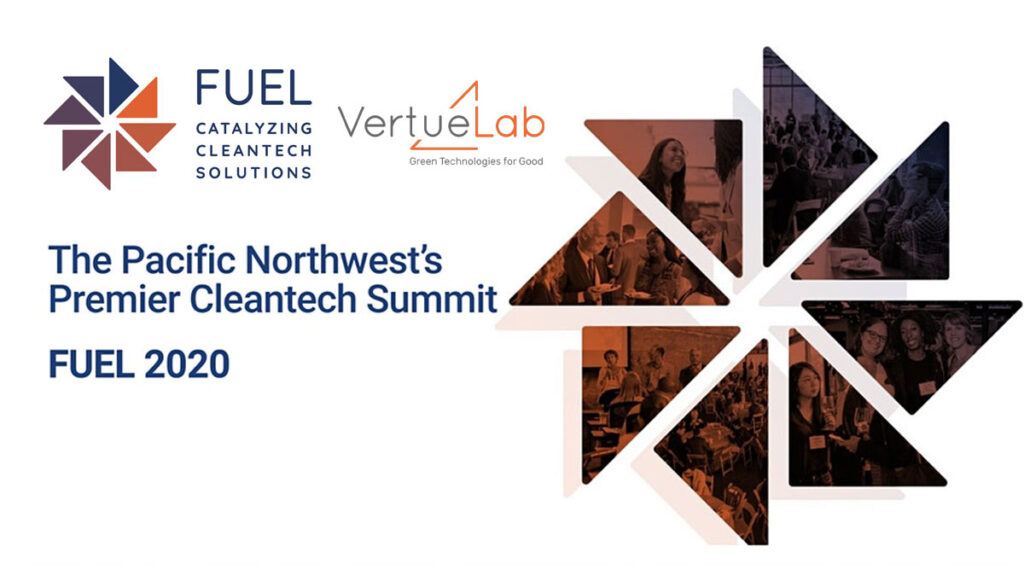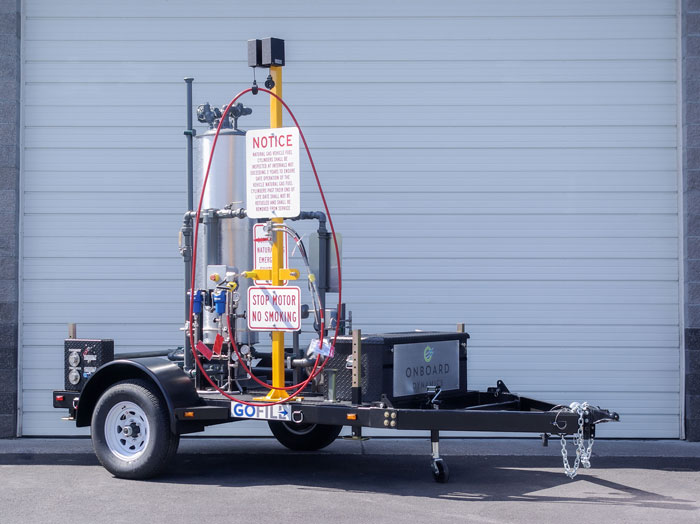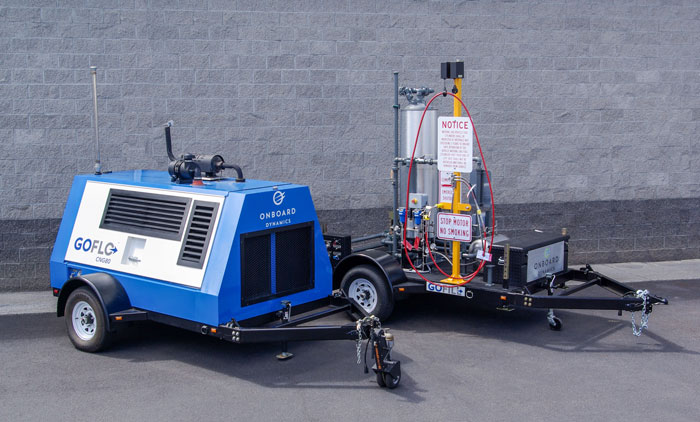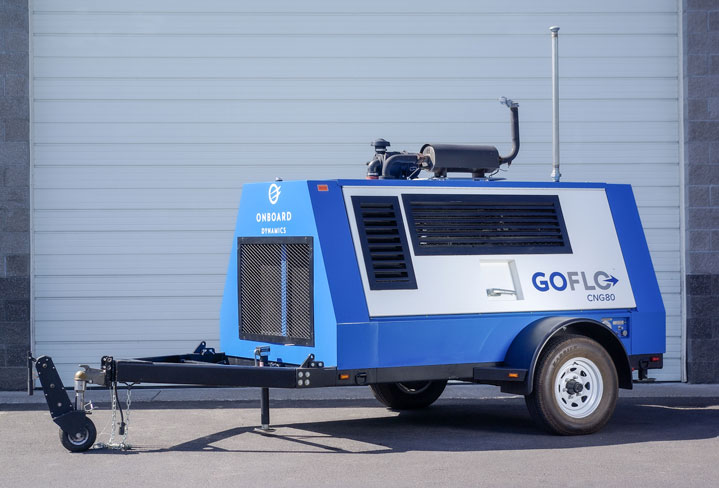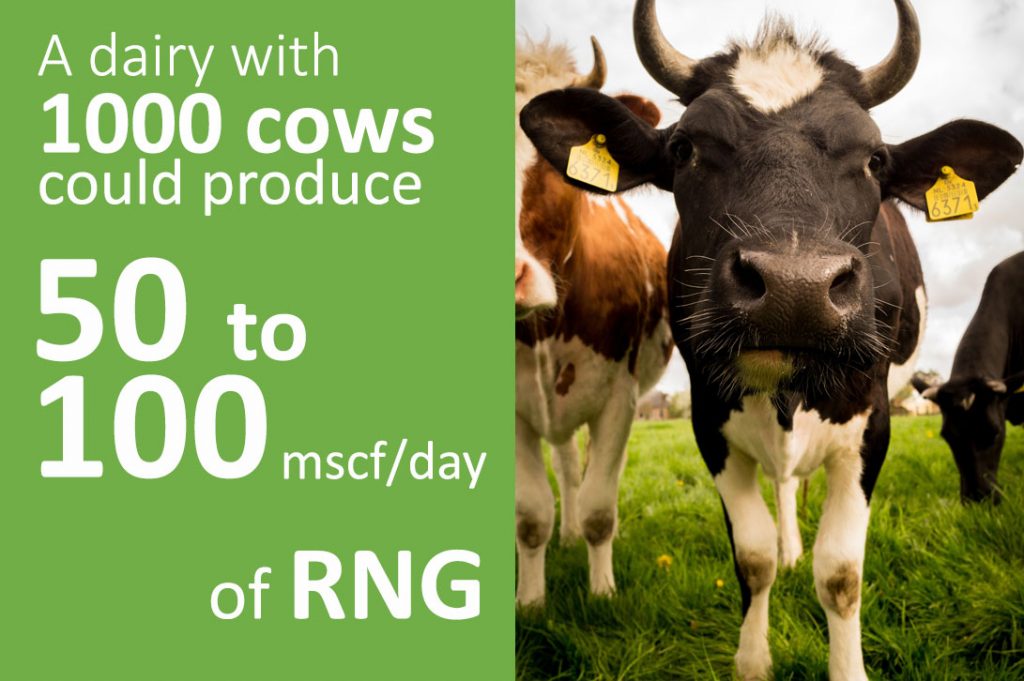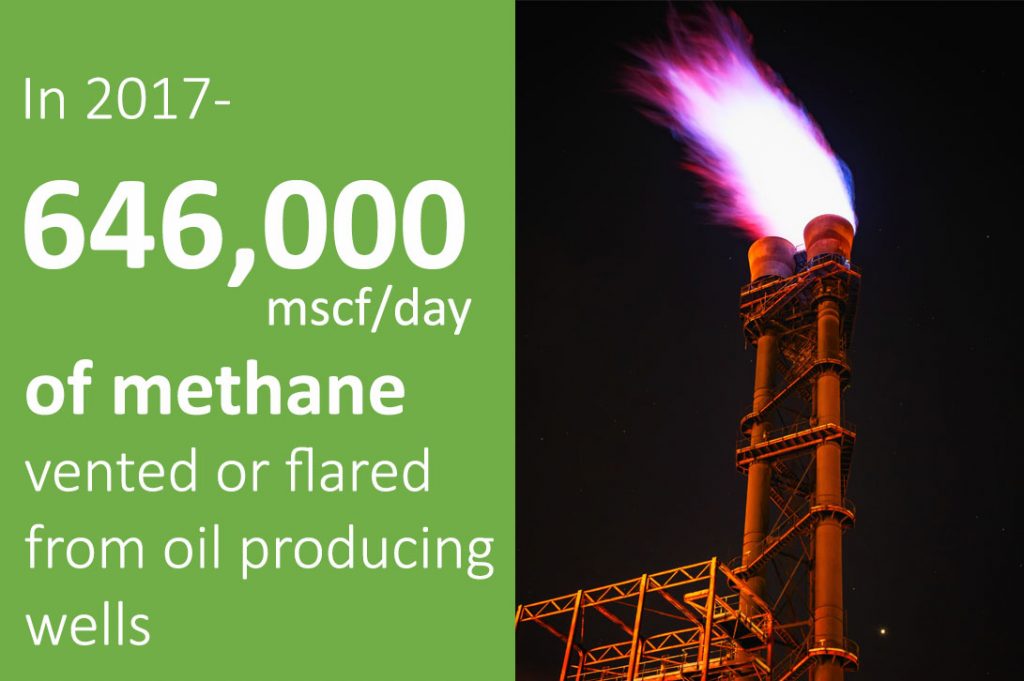
The virtual event was presented by Enercom and Colorado School of Mines and featured an array of emerging energy technologies and alternative energy start-up ventures. It took place on February 10 – 11th, 2020. Our CEO, Rita Hansen, shared our solutions for cutting down emissions for natural gas pipeline operations.
During this presentation, Rita highlighted Onboard Dynamics’ latest product, the GoVac, which provides a unique solution for evacuating natural gas pipelines and compressing the gas into a tube trailer for refueling, or for injecting natural gas into an adjoining pipeline.
GHG emission reduction has a world focus and Onboard Dynamics offers smart technologies to transition to clean energy through practical, scalable, and economical solutions in the natural gas industry.

